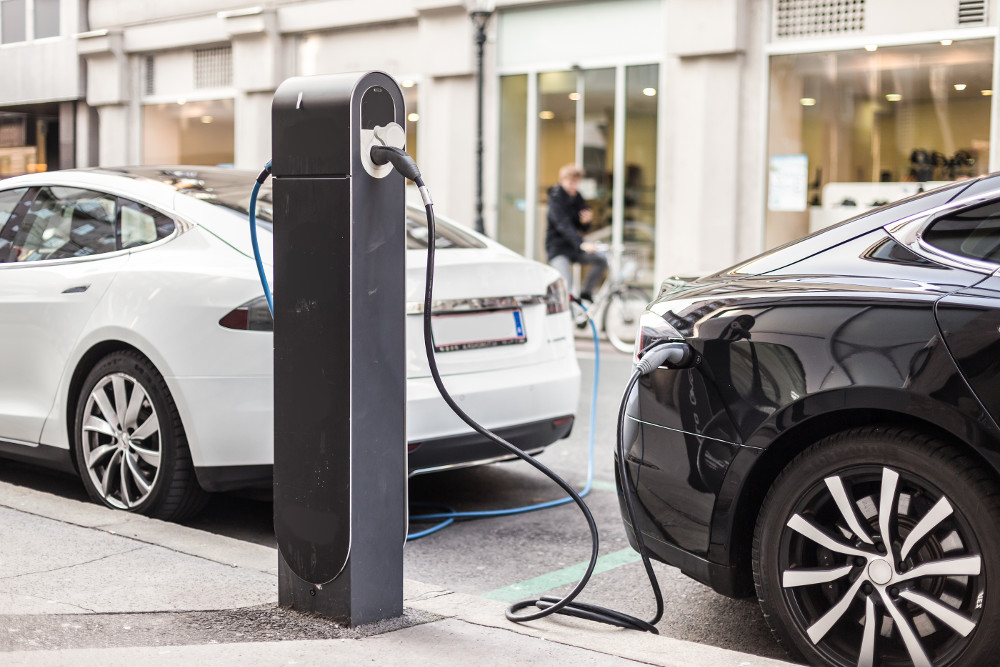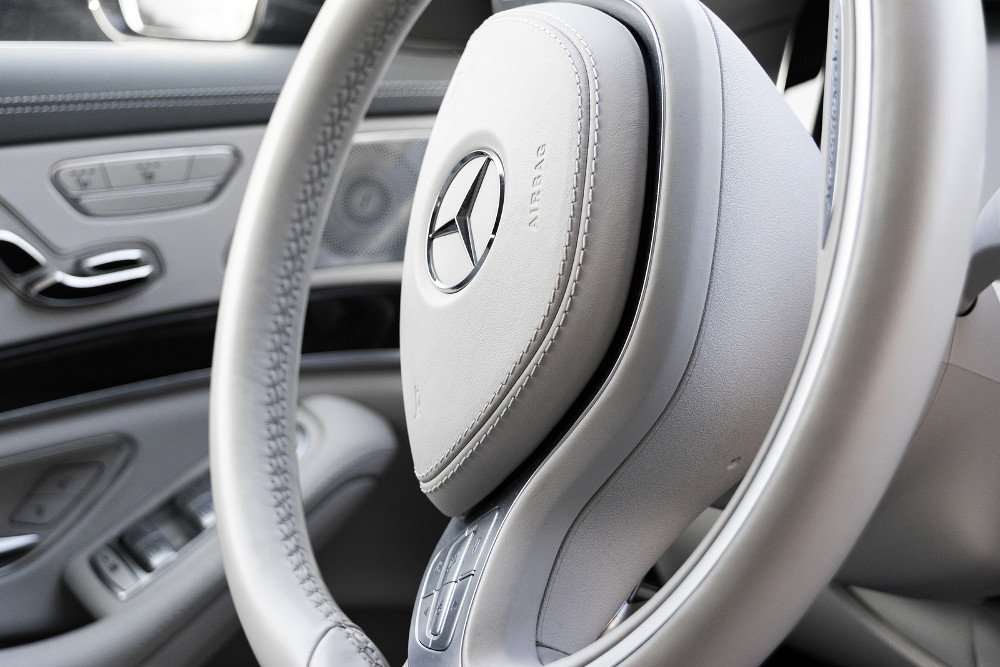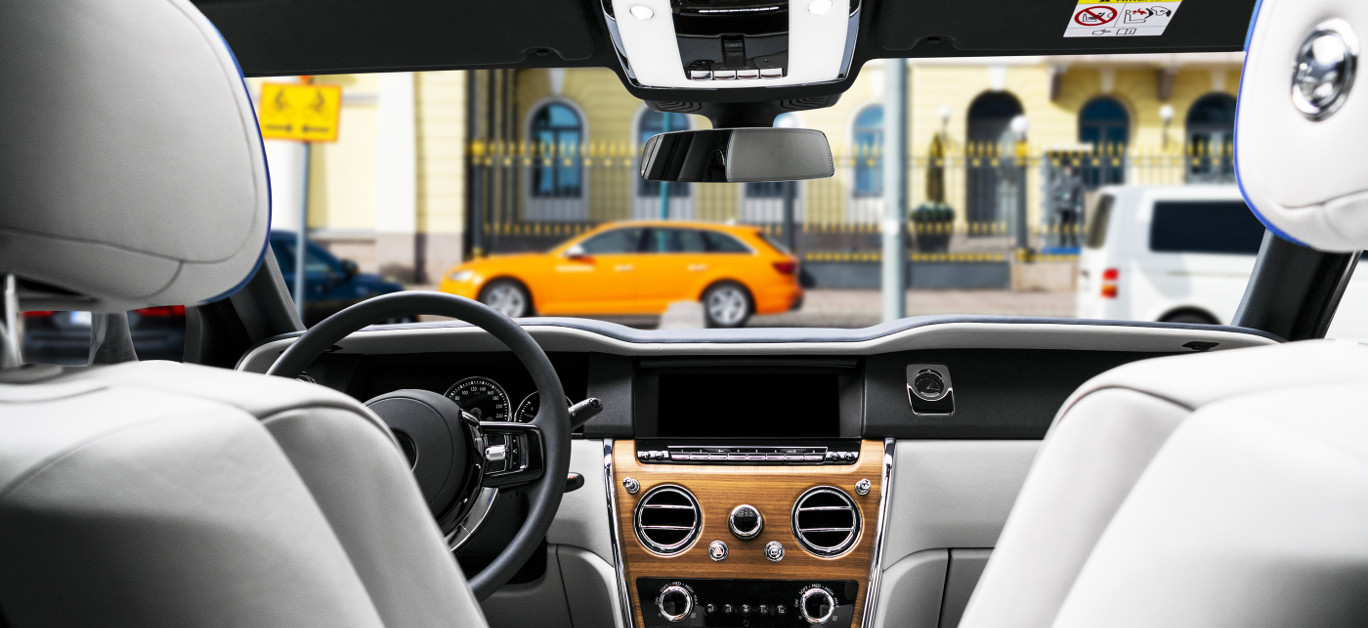Technology is evolving rapidly across every sector and the automotive industry is no different. In fact, the car industry has been one of the most receptive sectors when it comes to introducing new technology. From the release of the very first car in January 1886 to modern day, technology has seen our comfort levels and luxurious gadgets increased dramatically.
We may take advantage of electric windows — and even sat navs — but here, alongside Range Rover Evoque dealership Grange, we look at some of the maxn advances that have helped enhance our luxury cars in the past and present times.
Power steering
We may take power steering for granted nowadays, but the concept which was introduced in 1956 was still not in every car as short ago as the ‘90s. Back in the ‘50s, more cars in the post-War era were able to turn with the help of hydraulics. By the turn of the decade, entering the swinging ‘60s, one in four cars had power steering.

Electric cars
Changing the type of fuel that cars are using may be one of the most profound potential steps in automotive evolution. At the turn of the millennium, hybrid electric vehicles began to be mass-produced. While there are obvious challenges ahead, they are set to change the car industry forever. This is because electric vehicles are becoming more and more prominent.
They may be a concept that has been around for over 100 years, but with the government set to ban new petrol and diesel cars by 2020, we are beginning to notice a shift toward the no-emission electric vehicles. This ban, alongside the likes of London’s new Ultra Low Emission Zone, mean that owning an electric vehicle can help both the environment and your bank balance!
Semi-autonomous driving
Autonomous driving may be on the cards, but the truth is, it’s still a few years away yet. However, in today’s modern cars, while not becoming fully autonomous, they are starting to become automated. Referring back to Cadillac, their Super Cruise system can pilot vehicles up to 85 miles per hour, so drivers don’t even have to be holding the wheel. Tesla are also using this technology, while more high-end manufacturers are expected to introduce this in the coming years.

Of course, this isn’t to say that the driver can switch off. There are sensors included to ensure that if the technology fails, the driver is paying attention to the road ahead and ready to intervene. This technology is expected to be a game changer for those who spend a lot of time on the highways or sitting in traffic. In the rare event that your car technology does fail, you may also want to think about investing in inspection lighting so that you can quickly identify the problem.
Electric starters
In 1911, it became a lot safer and easier to start your car’s engine. A year earlier, a motorist was actually killed due to the cranks that used to fire up the engine. However, the electric ignition and self-starters eliminated this deadly risk.
One of the first models to incorporate the concept was the Cadillac. Its founder, Henry M Leland, had already pioneered electric lights and ignitions and worked closely with Charles F. Kettering, the inventor of the electric starter, to incorporate the device into his cars.






















